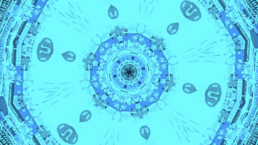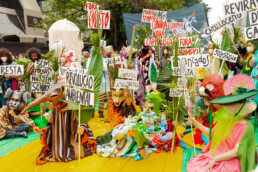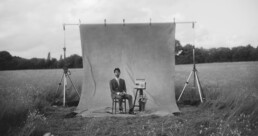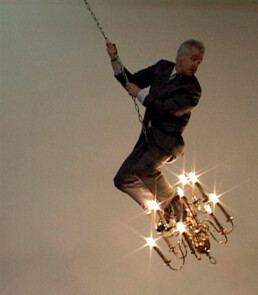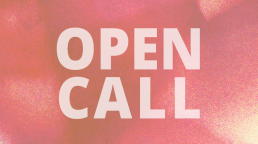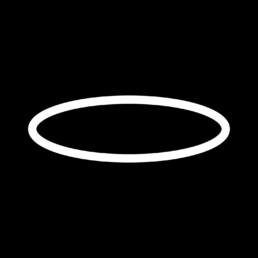FUSO 2023 – 22 a 27 de Agosto
22 Agosto, 18h30
Duplacena 77
CONVERSA ABERTA
Isabel Nogueira
Nos anos 60, o movimento geral da neovanguarda internacional – incorporador de movimentos artísticos mais circunscritos, tais como, a Pop art, a arte minimal ou a arte conceptual – propõe um filão revolucionário nas gramáticas artísticas. Simón Marchán-Fiz (Del arte objetual al arte de concepto, 1990) ou Harold Rosenberg (The De-Definition of Art, 1972) referem-se, e bem, a uma arte “desestetizada”, isto é, à incorporação na arte de aspectos considerados originalmente “extra-artísticos”, tais como, aspectos antropológicos ou sociológicos, inclusivamente, a própria apresentação do objecto vindo directamente do mundo comum, herança, claro, de Marcel Duchamp. A premissa de que “a arte é a vida” tornar-se-ia determinante e os suportes e as linguagens misturam-se de modo assertivo e sem retorno. Neste contexto, destaca-se o vídeo, inicialmente ligado à performance e à body art, que revolucionou a relação, praticamente sem mediação, com o mundo.
O início da videoarte situa-se na cena artística nova-iorquina, mas também na cidade de Colónia, na Alemanha, nomeadamente no estúdio da artista plástica Mary Bauermeister, onde também eram apresentados trabalhos de John Cage, Nam June Paik, ou do próprio Stockhausen, companheiro daquela. Às novas experiência de sons, tempo e manipulação, juntava-se dança, texto, pintura ou projecções. Em 1963, o casal Jährling convidava Paik para mostrar o seu trabalho na sua casa em Wuppertal, conhecida como Galerie Parnass. É aí que acontece a primeira performance pública de videoarte: Exhibition of Music – Electronic Television (entre 11 e 20 de Março de 1963). John Anthony Thwaites descreveu o evento do seguinte modo: «Todas [as televisões] estão sintonizadas no mesmo canal, e em cada set televisivo aparece uma imagem diferente ou uma interferência: uma tem linhas ondulantes; outra, faixas. (…) Mr. Paik está sentado, com um sorriso amistoso, e observa os sets televisivos. A sala está cheia de murmúrios, zumbidos e estalidos» (Deutche Zeitung. N.º 84, April 1963). Do mesmo ano (1963) data o notável trabalho Sun in your head (television décollage), de Wolf Vostell, e as problemáticas que coloca com a imagem tremida e manipulada. No Outono de 1965, aquando da visita a Nova Iorque do Papa Paulo VI, Nam June Paik utilizava o modelo portátil da “Sony” para gravar o evento. Outras versões afirmam que o modelo só estaria disponível dois anos depois e que, portanto, isso não teria podido suceder assim.
De qualquer modo, a arte e a vida em tempo real – filmagens não editadas – ficaram próximas. Deste momento aos nossos dias foi um ápice. A videoarte continua a ter um lugar relevante, que o FUSO sempre procurou divulgar e incrementar. Este ano, a videoarte constitui-se, ela própria, coma temática central desta Conversa Aberta.
FUSO 2023 – August 22nd to 27th
August 22, 6.30pm
Duplacena 77, Rua Regueirãos dos Anjos, 77B
OPEN TALK
Isabel Nogueira
In the 1960s, the international neo-avant-garde movement – incorporating more circumscribed artistic movements such as pop art, minimal art or conceptual art – proposes a revolutionary streak to artistic expressions. Simón Marchán-Fiz (Del arte objetual al arte de concepto, 1990) or Harold Rosenberg (The De-Definition of Art, 1972) quite correctly refer to a “de-aestheticized” art, that is, the incorporation of aspects originally considered “extra-artistic” in art, such as anthropological or sociological aspects, including the exhibition of widely and commonly used everyday objects, in a direct line from Marcel Duchamp. The premise “art is life” would become decisive with its tools and languages mixing assertively. In this context, video — initially linked to performance and body art — gains autonomy, revolutionizing the relationship with the world, practically without mediation.
The beginning of video art can be traced to the New York art scene, but also to Cologne, Germany, namely to the studio of the artist Mary Bauermeister, where works by John Cage, Nam June Paik, or Bauermeister’s companion, Stockhausen, were presented. The new experiences of sounds, time and manipulation, were joined by dance, text, painting or projections.
In 1963, the Jährling couple invited Paik to show his work at their house in Wuppertal, known as the Parnass Galery. It is here that the first public videoart performance takes place, the Exhibition of Music – Electronic Television (from 11 to 20 March, 1963). John Anthony Thwaites describes the event as follows: “All [televisions] are tuned in to the same channel, and on each television set a different image or interference appears: one has undulating lines; the other white noise. (…) Mr. Paik sits, with a friendly smile, gazing at the TV sets. The space is filled with murmurs, humming and crackling.” (Deutche Zeitung. N.º 84, Abril 1963).
In the very same year, Wolf Vostell’s emblematic work, Sun in your head (television décollage), brings into focus the problems presented by the wavy and manipulated image.
In the autumn of 1965, during the visit of Pope Paul VI to New York, Nam June Paik uses the Sony Portapak to record the event. Some state that the model would only be available two years later and that, therefore, this would not have been possible. Anyway, art and real-time life — unedited footage — became closer.
From then to now time ran fast. Video art continues to have a relevant place, which FUSO has always sought to disseminate and implement. This year, video art constitutes itself as the central theme of this Open Talk.


